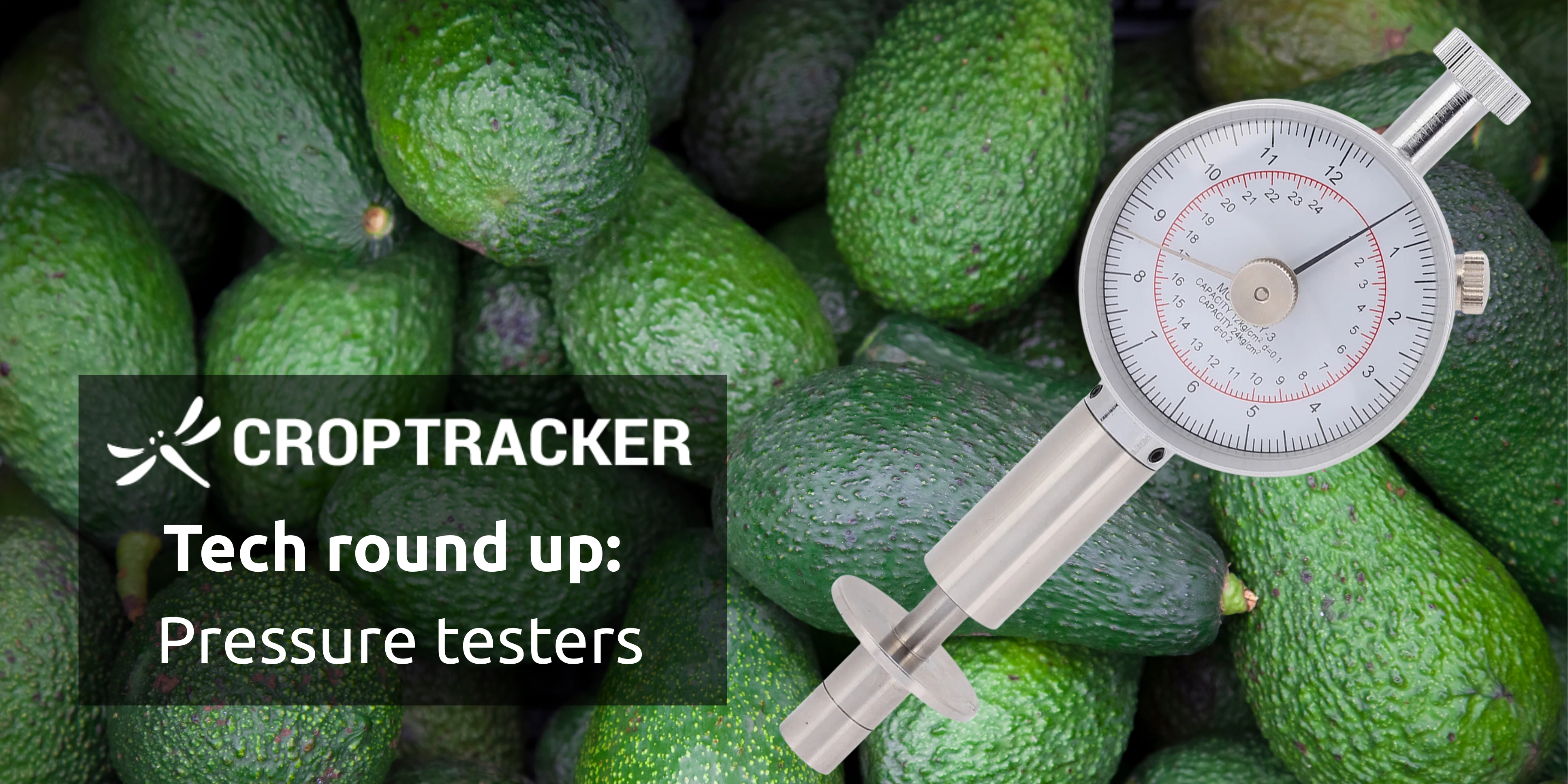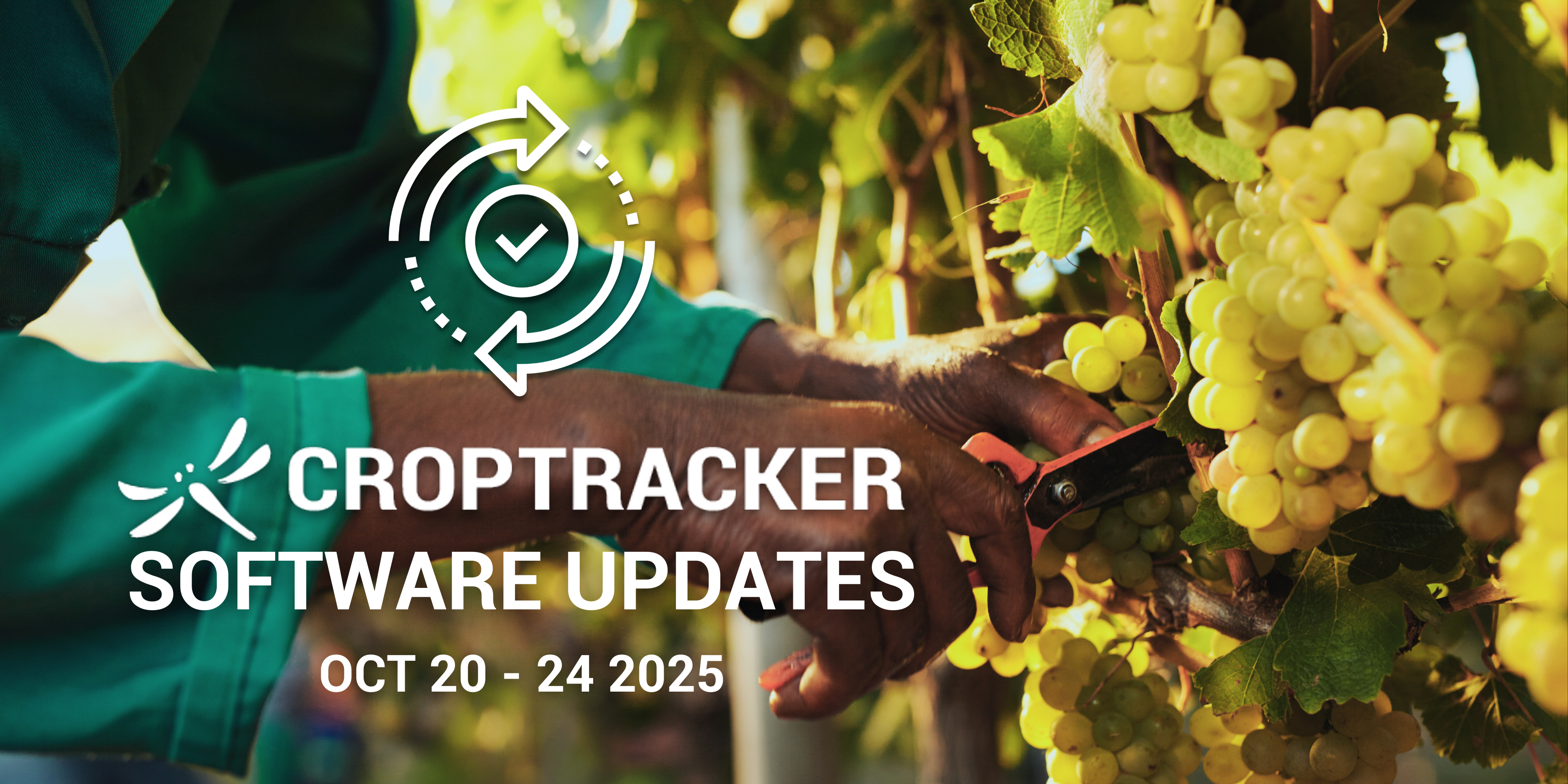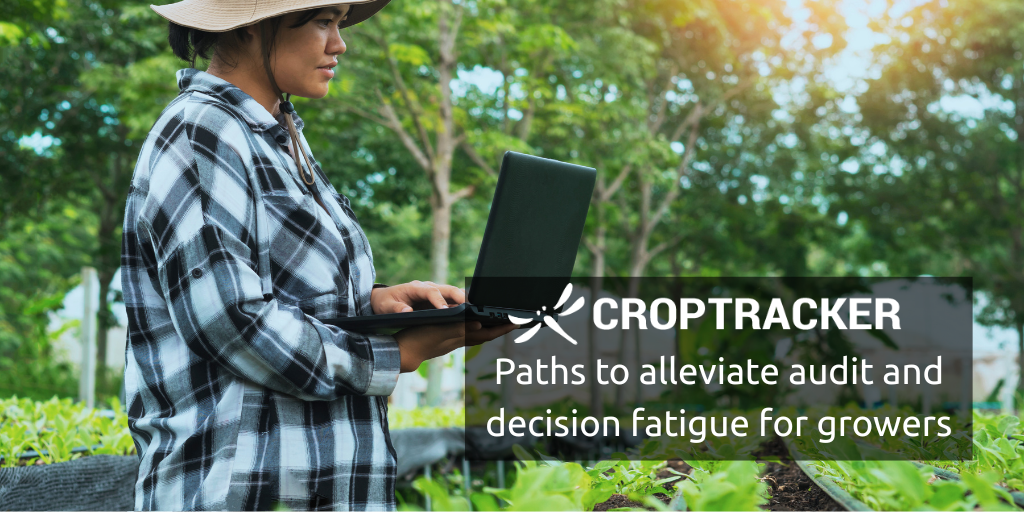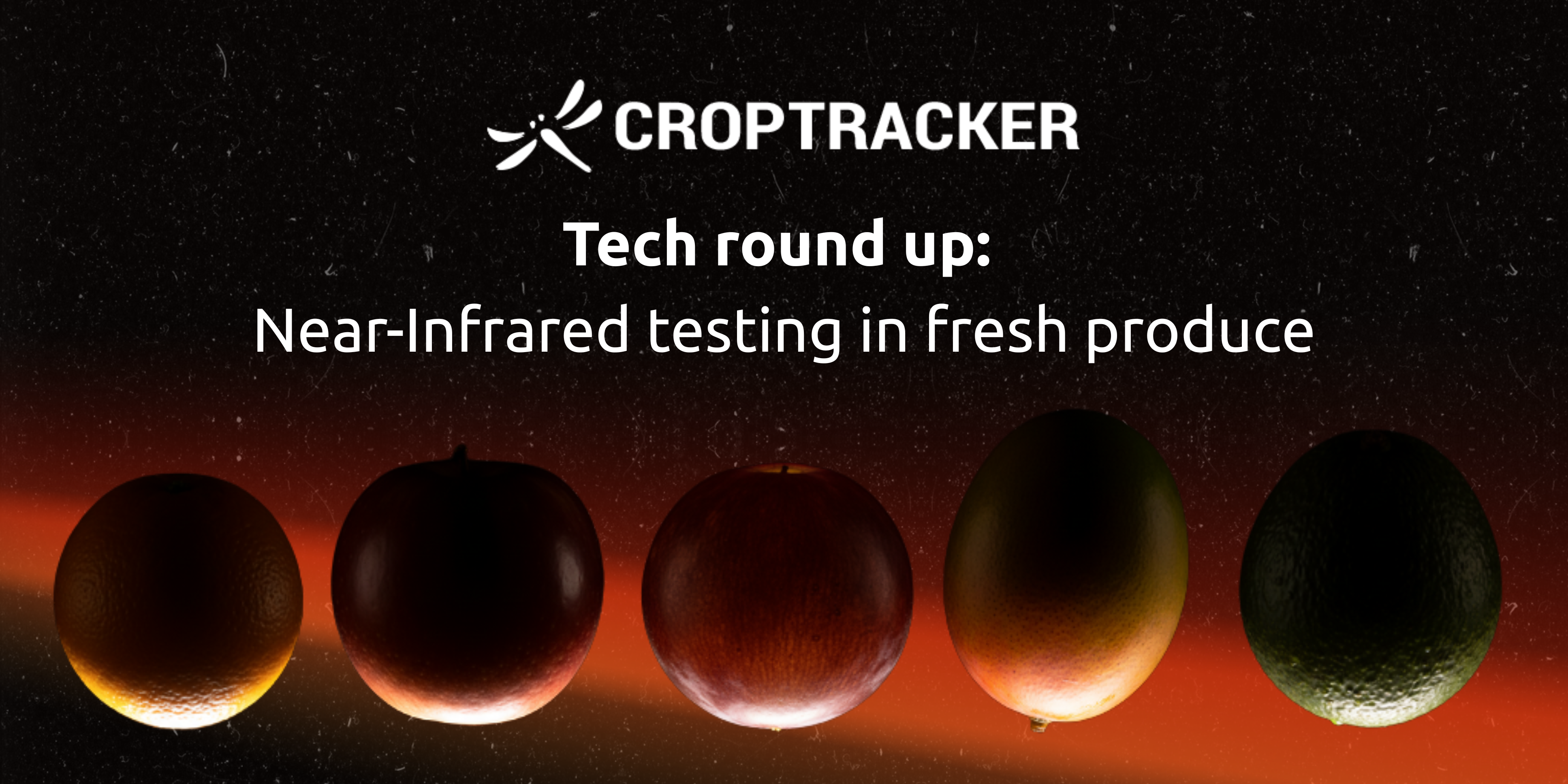
Firmness is widely recognized as one of the most essential quality metrics in the fresh produce supply chain, acting as a universal index for gauging maturity, optimizing harvest timing, and predicting shelf-life potential. The physical structure of a fruit or vegetable determines its ability to withstand handling, storage, and transport, directly influencing its final value.
Mirroring the wider trends in agricultural technology, the processes governing firmness testing are rapidly evolving from purely mechanical methods to digital systems that offer automated readings, data logging, and seamless connectivity via USB or Bluetooth. This technical round-up reviews some of the most popular technologies used for measuring firmness in fresh produce. We have divided the tools into two main categories: Destructive testing and Non-destructive testing.

This software updates blog covers features and fixes from October 20 through 24, 2025. Ensure your Croptracker mobile app is up to date to take advantage of these updates. Read on to learn more and get in touch with us at support@croptracker.com for more information.

One of the most common reasons we hear from our customers on why they are seeking farm management software is to help them with audits. In the fresh produce industry, an audit is essentially a pass/fail examination of a farm or packinghouse's written plan and the physical evidence that the plan is being consistently implemented to ensure safe and compliant products.

Following up on our recent research for our resource page on Near-Infrared (NIR) technology for the fresh produce industry, we have created a technology round up of NIR and DA (Differential Absorbance) tools on the market today.
Quality assessment of fresh produce is undergoing rapid technological advancements, shifting from reliance on slow, destructive laboratory methods (such as penetrometers and refractometers) toward high-throughput, non-invasive spectral analysis. Though this technology is relatively new to fresh produce, several companies have jumped ahead of the curve to calibrate NIR spectrometers for fruit and vegetable analysis.
Portable NIR tools have a longer history in construction, manufacturing and geological industries. Some of the brands we will review first created NIR tools for these other industries, but a few agricultural tech manufacturers have also entered the market. We have focused this article only on hand held NIR tools, including DA meters, which have a smaller and specific functionality for chlorophyll level assessment.
Let our expert staff walk you through the Croptracker system, and answer any questions you have.
We are here to help.